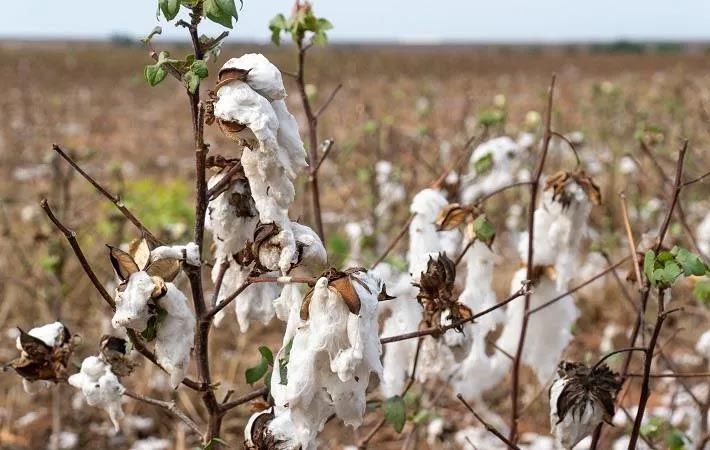China plans to boost cooperation in the cotton industry with nations participating in the Belt and Road Initiative (BRI) during the 14th Five-Year Plan (2021-25) to reduce dependence on imports from the United States and Australia, according to Li Fuguang, head of the Institute of Cotton Research under the Chinese Academy of Agricultural Sciences.
Central Asia's potential in cotton production will help meet import demand of 2 million metric tonnes based on China's clothing textile needs and cotton production, Li said.China plans to boost cooperation in the cotton industry with nations participating in the Belt and Road Initiative (BRI) during the 14th Five-Year Plan (2021-25) to reduce dependence on imports from the United States and Australia, according to Li Fuguang, head of the Institute of Cotton Research under the Chinese Academy of Agricultural Sciences.#
"Taking advantage of complementary countries in Central Asia will be conducive to a strong response to the trade conflicts between China and the US, and meanwhile promote implementation of the Belt and Road Initiative," he was quoted as saying by official Chinese media.
Cotton production in Central Asia covers nearly 2 million hectares, and the environment there is similar to the Xinjiang Uygur autonomous region, which accounts for 84.9 per cent of cotton production in China.
"If the cotton-making technology in Xinjiang is applied to Central Asian countries, the production in the region will see rapid development," Li said, adding that production is expected to increase by at least 5 per cent.
Demonstration technology parks have been established in Uzbekistan since 2018 to promote Chinese cotton-growing technologies. Demand for irrigation water has dropped by two-thirds while yields have doubled, Li said.
China will focus on introducing cotton cultivation technology to Uzbekistan in the next five years, and keep advancing it in Tajikistan and Kyrgyzstan, he added.
It will also beef up efforts to modernize of the sector by upgrading systems and cultivating innovation in key technologies.
The country plans to strengthen the collection and utilization of cotton germplasm resources, explore excellent gene sources, and create excellent resources with high yield, good quality and wide adaptability, according to the academy.
The China Cotton Industry Alliance, a non-profit led by the institute, will play a major role in improving cotton quality and integrating the entire industry chain.
The alliance issued a statement late in March this year resolutely opposing any stigmatisation of Xinjiang cotton. It is endeavoring to build a high-quality cotton industry chain and increase international recognition of domestic cotton brands.
Fibre2Fashion News Desk (DS)
